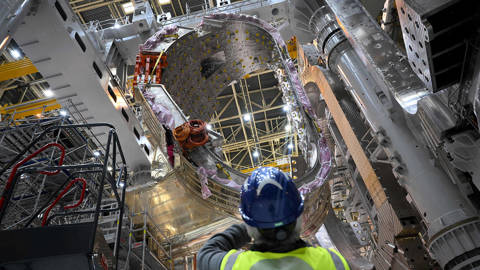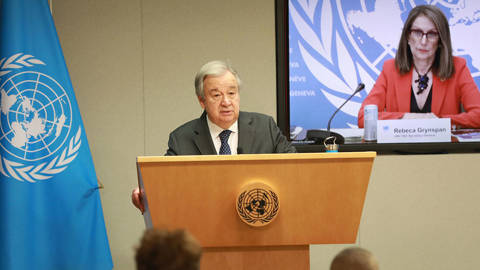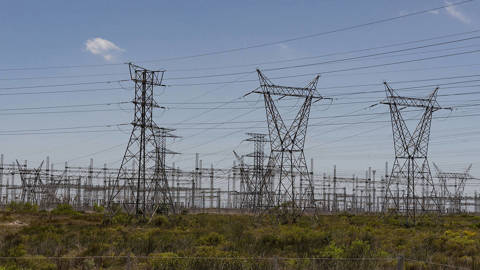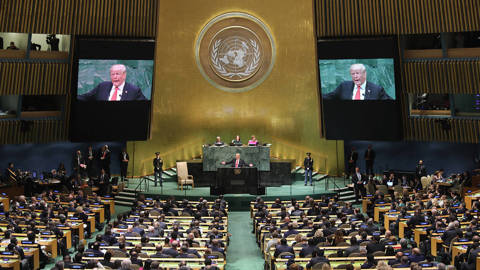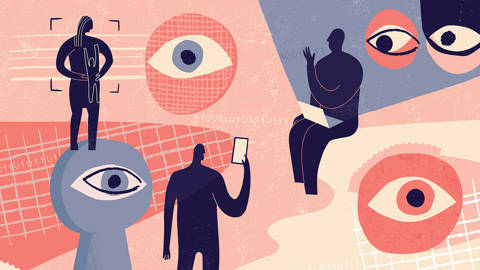Quantum physics, one of the key scientific revolutions of the 20th century, forms the basis of much of modern technology. Without the insights into nature that it provides, the operation of transistors, computer chips and lasers could not be understood. Yet, despite its enormous practical implications so far, quantum physics continues to pose daunting theoretical challenges to the conventional view that natural phenomena must of necessity exist independently of our observations.
For example, unlike objects in everyday life, two or more quantum particles—elementary units of matter possessing wave properties—can be connected with each other in such a way that no matter how far apart from each other they are, they exhibit the same features when observed. Albert Einstein called this phenomenon “spooky action at a distance.” Indeed, what in Einstein’s time was no more than a logical deduction that followed from the new theory of quantum mechanics is now a central research problem in experimental laboratories around the world, and has become the fundamental concept in the newly emerging field of quantum information technology.
Einstein's spooky action at a distance—termed “entanglement” by the Austrian Nobel Prize winner Erwin Schrödinger, who called it the essence of quantum physics—does not mean that two particles connected in this way exhibit the same features when observed because they are simply born with the same properties. Rather, it means that a measurement performed on one of the two particles instantly influences the state of the other particle.
The Irish physicist John Bell demonstrated in the 1950s that the correlations predicted by quantum theory for entangled particles cannot be understood in the same way as, say, the similarities exhibited by identical twins, which are due to shared genes. Instead, the measurement that results from observation of one of the entangled particles is entirely random, with no hidden explanation, yet its entangled brother will instantly turn out to be identical.
The most interesting potential application of quantum entanglement is the possibility of quantum teleportation—considered by many to be one way in which future quantum computers could exchange information. To understand how such technology might work, imagine that Alice has a quantum particle that she wants to teleport to Bob. In principle, as long as they also share an “entangled” pair of the same kind of particle, all Alice must do is transfer the properties of the particle she wants to teleport to her “entangled” one. This procedure instantly teleports these properties to Bob's particle, becomes identical to Alice’s original which then necessarily loses all the information that it previously carried.
Of course, this is easier said than done. While quantum teleportation has been shown to work over distances of one meter in the laboratory for photons, the particles that comprise light, it is an enormous experimental challenge to extend this procedure to larger distances or to massive objects. Experiments in this direction are currently being developed in various laboratories, but nobody has yet been able to build even the simplest quantum computer, and it is unclear whether such machines will ever be built the way we now imagine they might be.
On a deeper level, however, such experiments force us to confront basic questions about the nature of reality. Einstein had proclaimed that the measurement performed on one of the quantum-entangled particles must never modify what is the real state of the other particle. But this seems to be exactly what is happening in experiments conducted since then.
While none of the particles has any real properties prior to measurement, in the measurement process they are spontaneously created for both particles. Furthermore, the sequence of the measurement does not seem to play any role, for the theoretical predictions are exactly the same regardless of whether particle A or particle B is measured first. One can argue with equal validity that observation of particle A influences B, or that observation of particle B influences A.
This suggests a novel understanding of physical reality, one in which measurement and interpretation have a much stronger influence on the world than is normally assumed in classical physics—or even, for that matter, in everyday life. When we observe the color of a car, for example, we assume that this information is of a secondary nature. What is primary, what is there first, is the car itself with all its physical properties, so that we are doing nothing more than making statements about something that already exists.
But in the quantum world, the situation is much more complicated, because the act of observation itself creates reality. What we can say about the properties of a quantum particle in general is not a statement about properties that existed before the measurement was made. In other words, while conventional wisdom, scientific and otherwise, assumes that what can accurately be said about an object is determined by reality, in the view implied by quantum entanglement, an accurate description of reality is determined by what can be said.

